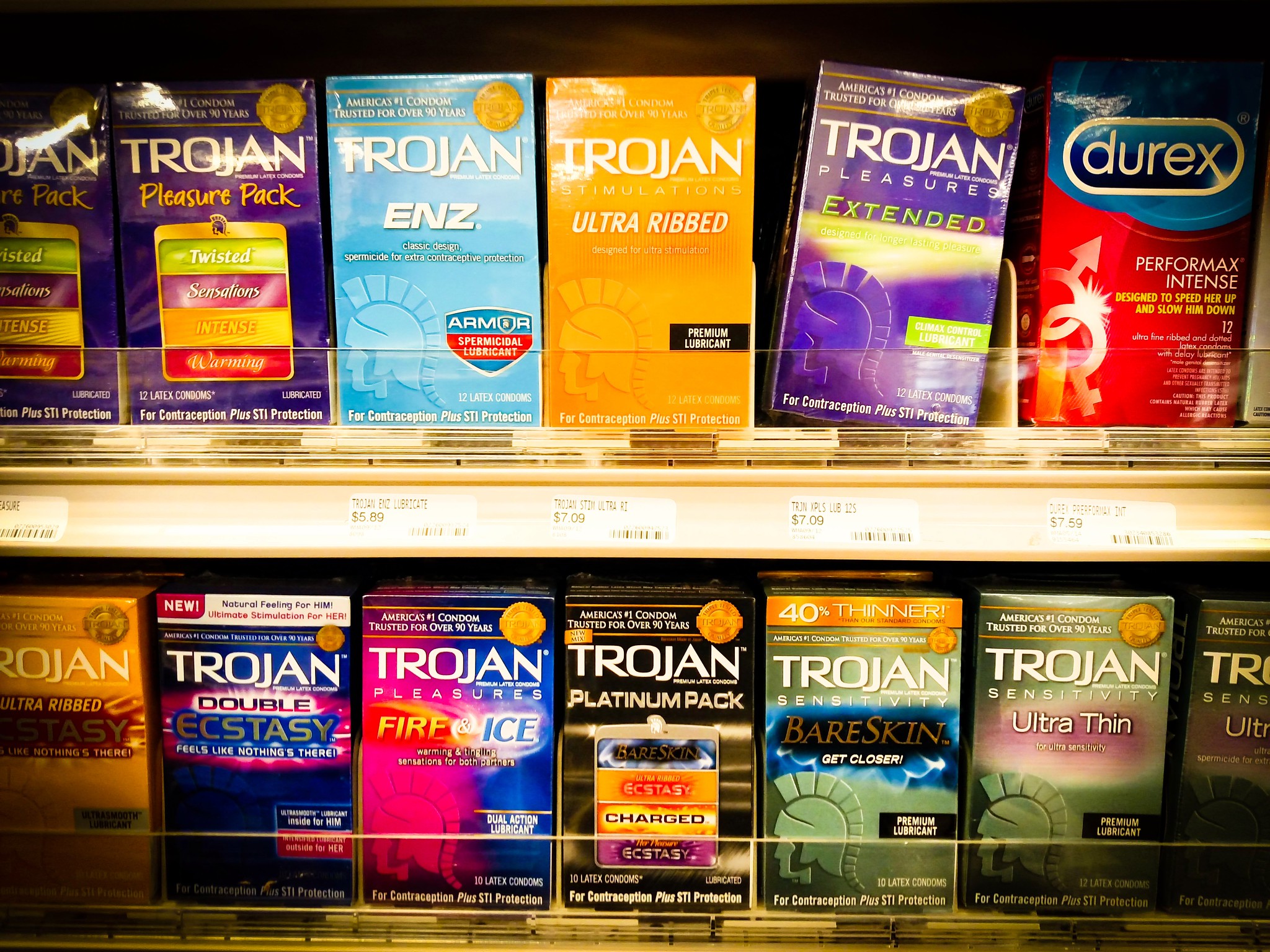Tackling the Difficult Subject
By Sarah Sutton 10/15/19 (Header image by Thad Zajdowicz on Flickr Commons)
The topic of sexually transmitted diseases or infections (STDs/STIs) is still a taboo one to most. According to figures released by the Centers for Disease Control and Prevention (CDC), more than 2.4 million combined cases of syphilis, gonorrhea, and chlamydia in the United States rose to a record high last year, including an alarming jump in the rate of newborn deaths caused by congenital syphilis.
Rather than avoiding the conversation, when ICC student Tanah H. was asked how teens and young adults should better protect themselves she said, “Always use protection. Get tested and make sure the other person you are with is tested, or you are at least aware of what diseases they could have so you can get properly treated, too. Be aware of what you are putting yourself through.”
Locally in 2017, 1,639 confirmed cases of chlamydia infection were reported to the Peoria County Health Department. In total, an overall incidence rate of 877.3 cases per 100,00 people. 871 confirmed cases of gonorrhea were reported with an overall incidence rate of 483.6 per 100,000 people, according to the Peoria County Sexually Transmitted Infection Report.
Of those affected, females between the ages of 15-19 years had the highest incidence rate of chlamydia followed by females between the ages of 20-24. Males between the ages of 20-24 years had the highest incidence rate of gonorrhea. Specifically in Peoria County, these rates of Teens and young adult contracting STIs are two times higher than the national average and having overwhelming effects on these age groups.
The Peoria County Sexually Transmitted Infection Report of 2017 also found that the incidence rate of African-American females was eight times higher than their white counterparts and African-American males being thirteen times higher than their white counterparts.
Incidence rates are drastically different in Peoria County when categorized racially, but why? Matt Buedel from the Peoria Journal Star had this to say.
“Sexually transmitted diseases such as chlamydia and gonorrhea are among the most persistent infections in any community, and African-Americans and low-income populations traditionally represent the segments of people most affected. While young people accounted for the majority of new infections, the rates among African-Americans in the nation, state and local demographics proved even higher…”
Buedel continues explaining some of the potential causes of these rising STD rates. “According to the CDC and other health authorities, contributing factors included a lack of access to quality education, health insurance and health care; differences in the quality of care received within the healthcare system; healthcare providers’ lack of cultural competency; high rates of incarceration and exposure to STIs while incarcerated; and gender ratio imbalances directly affecting sexual networks.”
Liam Stack further mentions the increase of STD rates can be attributed to several factors, “including a decline of condom use among young people and men who have sex with men; and cuts to sexual health programs at the state and local level, which led to clinic closures and fewer opportunities for counseling or testing for sexually transmitted diseases.”
These infections and diseases mainly harm younger sexually active people in low-income areas and are directly affected by cuts to funding and closing of clinics. Without the opportunities to get screened and tested, the people living in these areas are less likely to get check-ups or receive the medical attention they need thus making high school and college students living in these areas are seriously at risk for contracting STDs.
In the same article by Buedel he states that “the highest concentrations of STI rates were in the poorest parts of town with the greatest minority populations: predominantly in the 61603, 61604, and 61605 ZIP codes. Those areas represent one-third of the county population but 80 percent of the county’s gonorrhea infections.”
These health concerns transcend past physical ailments, proving to be psychologically taxing as well but if students aren’t educating themselves and their peers about STDs or how to practice safe sex, ICC students could be more vulnerable to these problems.
However, a positive way to avoid STDs and to stay healthy is to be honest with your partner(s) and take care of your health, regardless of age, race, gender or sexual orientation. ICC students should consider health risks before engaging in unsafe sexual activities and help their peers learn more about the risks of contracting a sexually transmitted disease.
“Be smart and be honest with the person you are with…Don’t be afraid of communication or to ask who the other person has been (sexually) active with. Get standard checkups, please take care of yourself.” ICC student Savannah H.
“Please wear condoms. I don’t care what people say about uncomfortable condom usage. Get tested, do not be ashamed,” said ICC student Meagan C.

